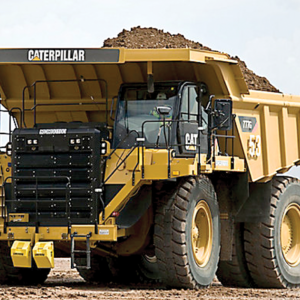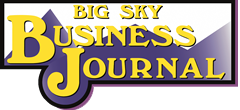By Joe Mahon Director,
Regional Outreach, Federal Reserve Bank of Minneapolis
The past few years have been challenging for farmers in the Ninth District. Growing pressure is borne out in the Minneapolis Fed’s Ag Credit surveys, which show slumping incomes and worsening financial conditions over the last two years.
“Farmers … are suffering this year,” commented a North Dakota farm lender on a recent survey. “If prolonged into 2026, we could see some fail.” As that banker suggested, a consequence of leaner times is a rise in the number of farm bankruptcies. Though they have ticked up, farm bankruptcies remain low by historical standards, but there are reasons to expect a continued increase.
It’s perhaps surprising that bankruptcies haven’t increased more. For one thing, a Chapter 12 filing does not necessarily mean a farm is going out of business. In fact, it’s intended to allow farms to continue operating, possibly at a smaller scale after a partial liquidation and restructuring. But filing can help farms avoid liquidating completely when business gets lean.
The number of farm operations filing for bankruptcy under Chapter 12—the section of the Bankruptcy Code specifically for farms—increased in the first two quarters of this year, according to statistics from U.S. Courts. However, this increase comes off of a very low floor, and the overall level is still very low. Only nine farms filed for bankruptcy in the second quarter, in the Ninth District of the Federal Reserve Bank of Minneapolis, which includes Montana.
These have been some lean years. The agriculture sector saw a boom from about 2010 to 2014. But since then, farm incomes have been relatively weak for the better part of a decade, with the exception of a short surge around the pandemic. The U.S. Department of Agriculture forecast that farm incomes will increase this year, though approximately three-quarters of that growth is attributable to a projected increase in government payments.
The weakness in incomes is largely driven by weak prices for crops. Following the same pattern as farm incomes, prices for core row crops produced in the Ninth District—corn, soybeans, and wheat—have receded significantly from their recent peak.
In something of a relief to farmers, prices have been idling slightly above their previous trough. For example, a corn price of $4 per bushel is roughly considered break-even over production expenses (though that threshold varies from region to region); as of July, U.S. farmers on average were receiving $4.29.
A key variable that has held up better than incomes is working capital, or cash on hand for farm operations. Having these cash reserves is crucial both for debt service and for avoiding additional debt needed to finance day-to-day farm operations. After cash reserves dipped in the last decade, farmers built up a bigger cushion during the last few years (see Figure 3).
According to the USDA’s latest estimates, these cash holdings were forecast to increase nationwide (data aren’t available at the state level). But it’s likely much of this aggregate cash growth has been concentrated among producers in more lucrative markets, such as cattle. Comments from lenders on recent Ag Credit surveys suggested that working capital ratios for crop-only producers in the district were weaker.
More troubling is the level of farm debt over the last few years, which has continued to increase even as working capital remained stagnant. Joseph Peiffer, an attorney in Iowa who specializes in Chapter 12 and farm debt restructuring, said that underlying the increasing debt is a change in the structure from short-term borrowing (for things like operating loans) to longer-term borrowing.
“Things haven’t been good the last couple of years, so what they’re doing is that they’re borrowing money on the land,” Peiffer said. This amounts to trading short-term debt, such as operating loans, for longer-term debt. “All we do at that point is increase the amount of payments we’re going to have to make next year.”
As Peiffer said, this restructuring is possible because farm land values remain very strong and serve as a source of collateral for farmers to borrow against. And strong growth in land values over the last two decades could actually accelerate Chapter 12 filings going forward.
One unique feature of Chapter 12 is that it allows for the discharge of taxes owed by farming operations. This feature sets it apart from the rest of the Bankruptcy Code for individuals and businesses. The tax-relief aspect was codified in 2005 and grew out of the original intent of Chapter 12, after Chapter 11 had proved inadequate to keep farmers operating during the 1980s farm crisis. However, use of these tax provisions was limited due to unfavorable court rulings. That changed with federal legislation in 2017 that clarified the provisions, after which the number of filings climbed a bit.
For a struggling farm looking to rightsize their operations through partial liquidation, selling off acres can be prohibitive, especially if the farm has been operating for many years. If the land was purchased or inherited decades earlier, the tax value (tax basis) would likely be much lower than its current market value, leading to a very sizable return when sold. That profit, however, would be subject to capital gains tax, which would offset the liquidity boost from selling the land. By filing for Chapter 12 after liquidating land, machinery, and other assets, overstretched farmers could avoid paying those taxes and possibly stay in business.
There’s a stigma to overcome for farmers, Peiffer said, a strong cultural aversion to the idea of filing for bankruptcy. But for struggling farmers, he said, the tax relief could be an attractive option.



